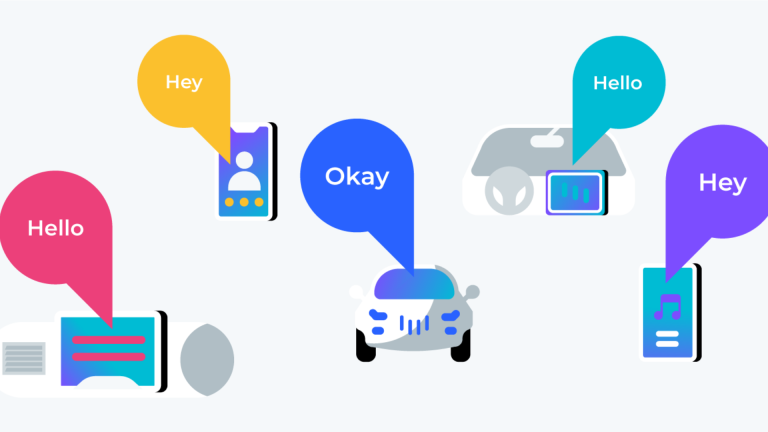If a company builds their own voice assistant, they would have to collect all the training data with an assortment of accents themselves, ensuring that it comes from a wide variety of sources, is diverse, and conversational. When buying a voice assistant, the company will have to be satisfied with the training data used by a third-party platform developer with no control over what is used or how it is implemented. When partnering, they will have the flexibility to customize the training data and will be able to carefully select a partner who is knowledgeable and practiced in training models to understand accents.
When embarking on a voice-first strategy, there are many factors to take into account, including custom wake words, sonic branding, the voice assistant’s tone, personality, and gender, and which domains should be used. With 160 dialects in the English language, 14 regional accents in the U.S., and 20% of the population speaking a language other than English at home, accents should absolutely be added to the list of considerations, as they affect such a large portion of the user base.
Companies looking to build, buy, or partner for their voice assistant need to understand the significance of a voice assistant being able to complete its primary function—to understand the user. Without understanding, the voice assistant is little more than a technology that can only serve a very small portion of the population, and customers will ultimately turn to voice-enabled competitors that do understand them.
When developing a voice-first strategy, consider your audiences and seek voice AI solutions that have the ability to respond accurately to the accented language of your target market. Before you decide to build, buy, or partner to develop a voice assistant, take into account the time and resources required to train voice assistant models to understand accents. If you’re looking for a voice AI platform partner, check to see what accents have already been developed and which will have to be added to the training data to match those of your users.
At SoundHound Inc., we have all the tools and expertise needed to create custom voice assistants and a consistent brand voice. Explore Houndify’s independent voice AI platform at Houndify.com and register for a free account. Want to learn more? Talk to us about how we can help bring your voice strategy to life.
Kristen is a content writer with a passion for storytelling and marketing. When she’s not writing, she’s hiking, reading, and spending time with her nieces and nephew.









